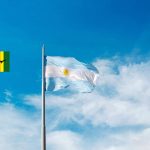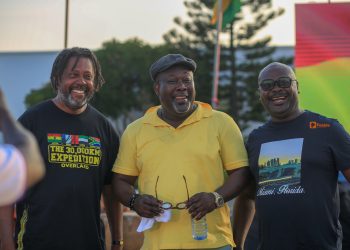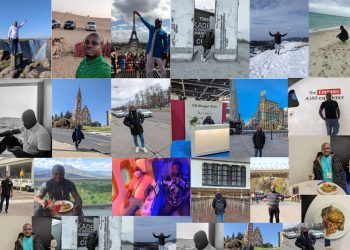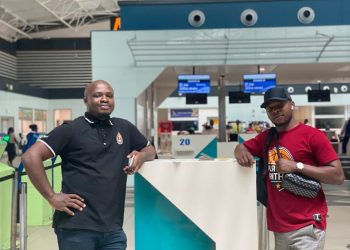The Kwame Nkrumah Mausoleum and National Park was built on the old Polo Ground and dedicated to the first president of Ghana, Dr. Kwame Nkrumah in 1992 under the presidency of Jerry John Rawlings. The aim of the mausoleum is to preserve the legacy and historical artifacts of the man who won independence for Ghana and regarded by many as the founder of the nation.
The Mausoleum is located directly opposite the old Parliament House of Ghana, which now serves as the office of the Commission on Human Rights and Administrative Justice (CHRAJ). With a total land surface of 5.3 acres, the Kwame Nkrumah Mausoleum is the largest Historical Museum in Ghana. Just in front of the Mausoleum is the Huge statue of Kwame Nkrumah, which can be seen from afar.
While only the statue of Kwame Nkrumah can be seen from afar, the interior of the mausoleum has several sections including the graveside and tomb of the late president as well as museum that contains all his memoirs, from signed documents to photographs he took with some of the world’s most powerful and celebrated men of the 20th Century.
Some of the famous photographs found in the museum include Dr. Nkrumah’s pictures with Queen Elizabeth of England, Pope Pius XII, Fidel Castro, President Nasser of Egypt and John F. Kennedy of U.S.A.
A Brief History of Nkrumah’s Overthrow
Dr. Kwame Nkrumah after being in power for nine years as both prime minister and a president later on, was overthrown by the military under the leadership of General kotoka, who at the time proclaimed that he was liberating Ghanaians from Nkrumah’s ‘dictatorship’.

After the overthrow, Nkrumah took refuge in the Republic of Guinea, where he stayed as a guest of the Guinean President Sekou Toure till he fell ill and was taken to Romania to seek for treatment. His quest to seek for better health was however not successful and he passed away in Bucharest, capital of Romania in 1972.
His body was returned to Guinea where he was given a state burial by the Republic of Guinea on May 1, 1972. During the famous state burial, the then president of Guinea stated “Betrayed in Ghana, he found himself once again on free soil in Guinea, co-president of the Republic, to the great surprised of the imperialist powers enclosed in bourgeois legalist. With Nkrumah, African unity became an irresistible force. That is why this thinker and man is not a Ghanaian, but an African – even more –just a man”. The statement was regarded as an indirect message to how he had been treated by his own people, Ghanaians and the western powers that many believed were behind the coup d’état that saw his overthrow.
The government of Ghana later sent a five-member delegation headed by Colonel Benni to persuade the Government of Guinea to return Nkrumah’s body home for burial. After months of negotiations, Sekou Toure reluctantly agreed and Nkrumah’s body was exhumed and flown to Ghana on July 7, 1972. He was then buried at the State House in Accra, until 1992 when he was finally reburied at the Kwame Nkrumah Mausoleum, which was built on the same grounds he declared independence for Ghana on 6th March 1957.
Still have some travel questions? Ask in our Travel WhatsApp Group.









